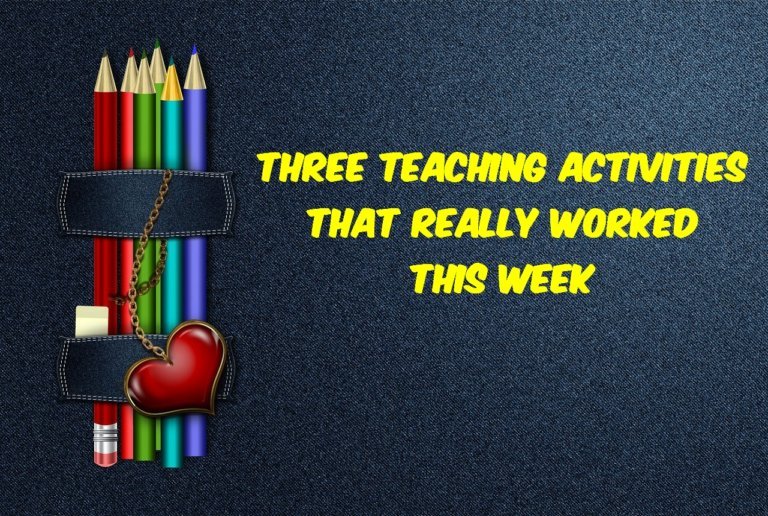Three activities that worked very well this week
In this post, I would like to share three activities that stood out in my teaching this week. They worked very well and I think that my students learned a lot from them. I hope you will find them useful and entertaining, too. The first activity is a speaking activity where students use relative clauses….
